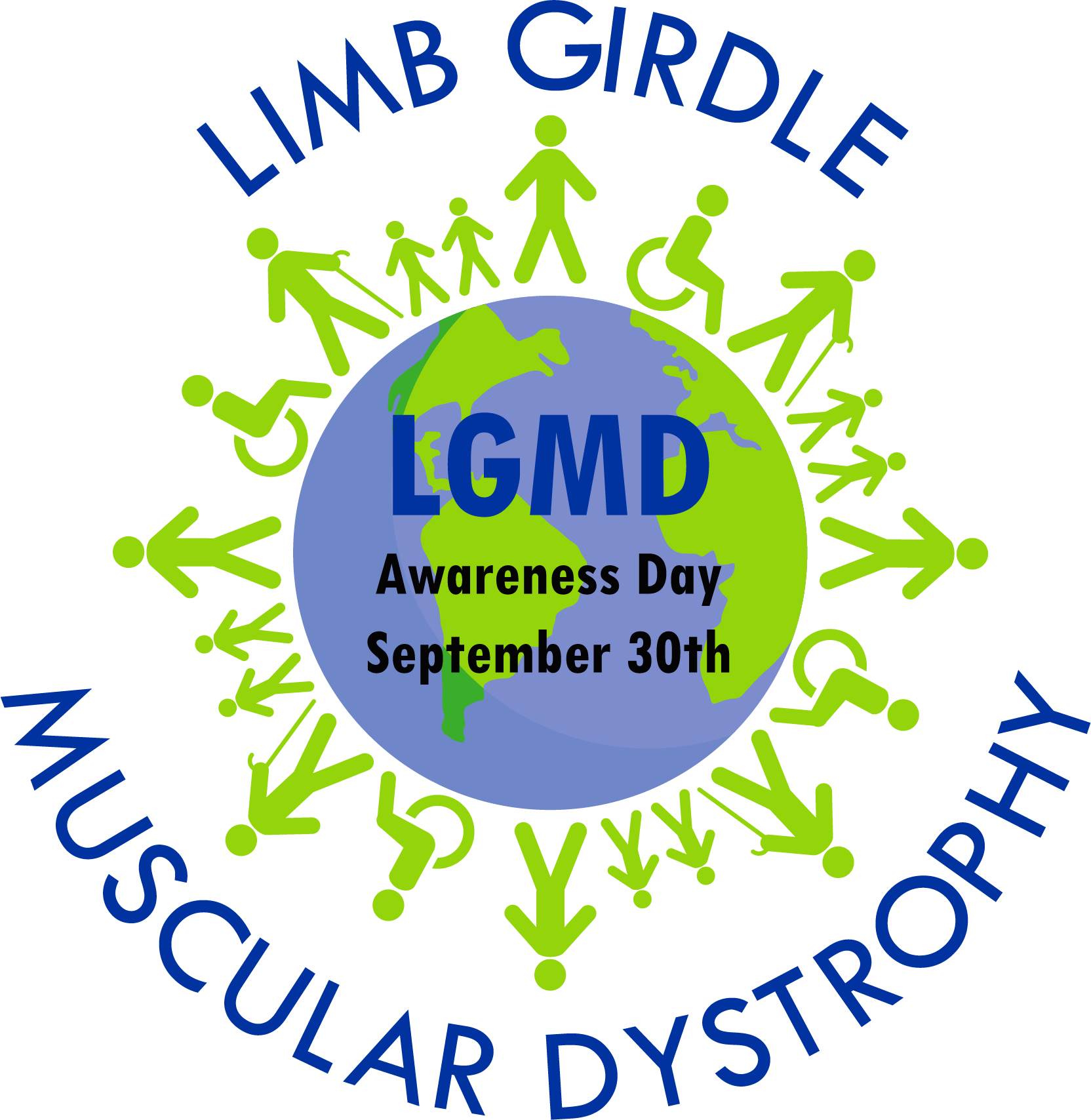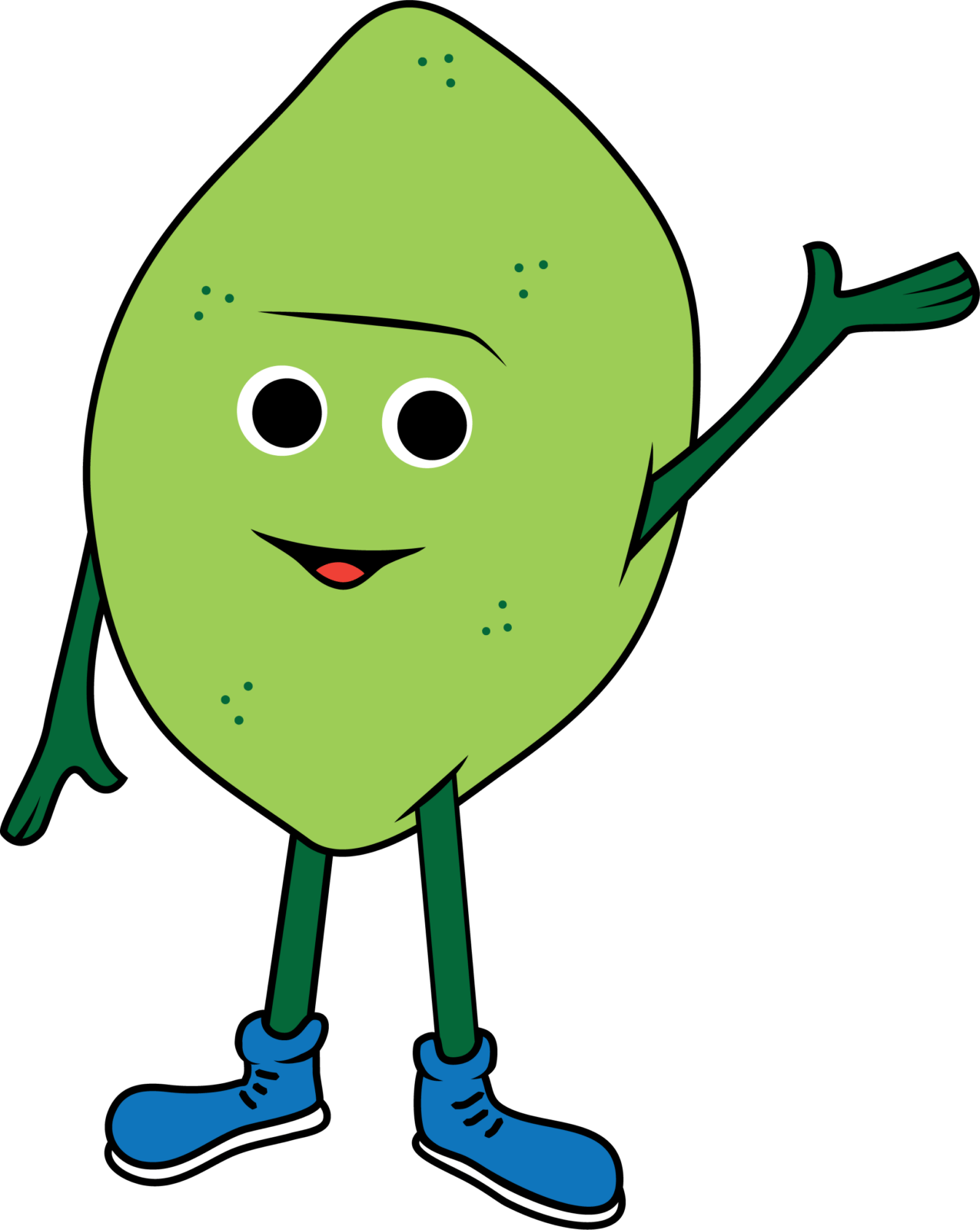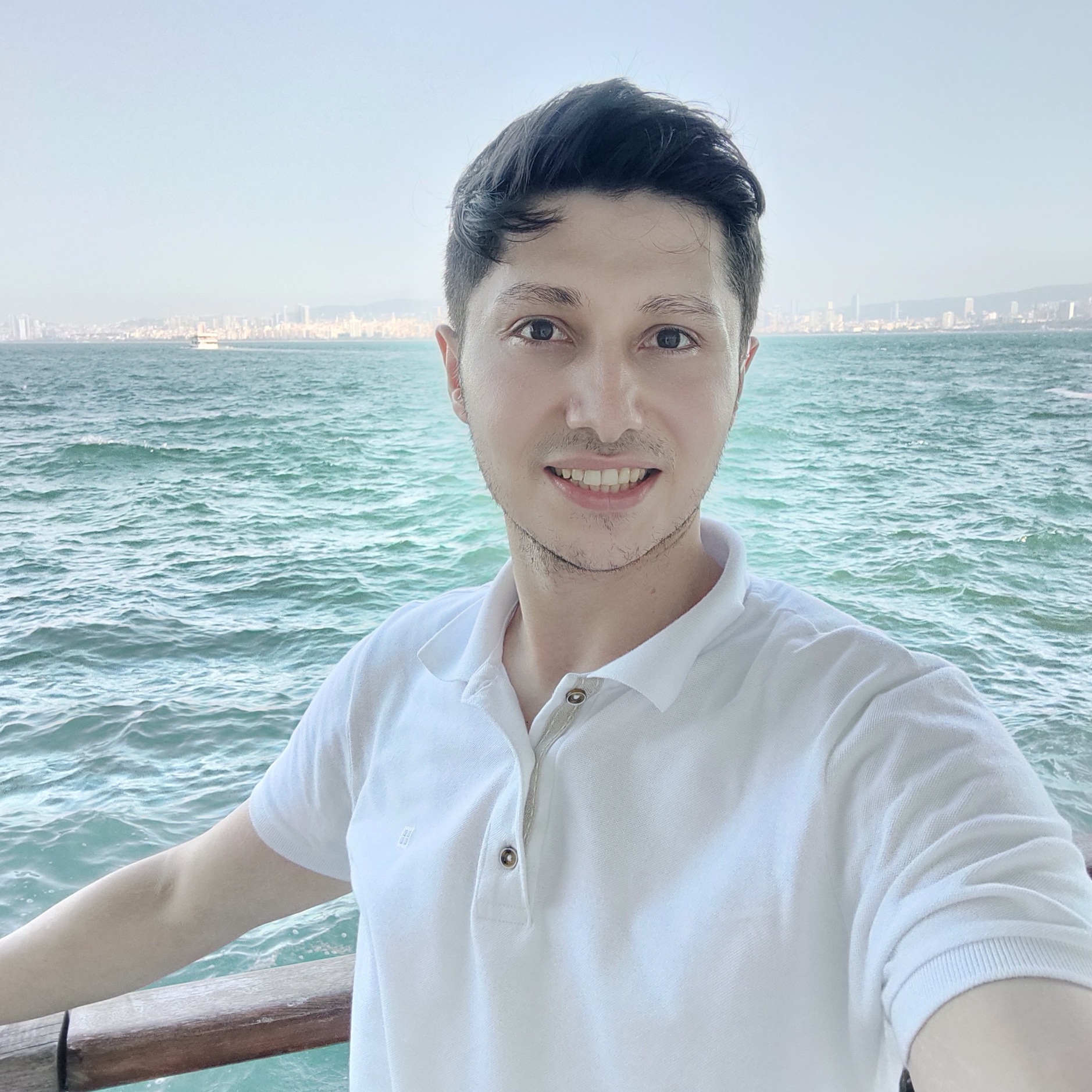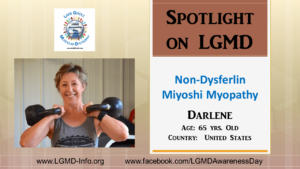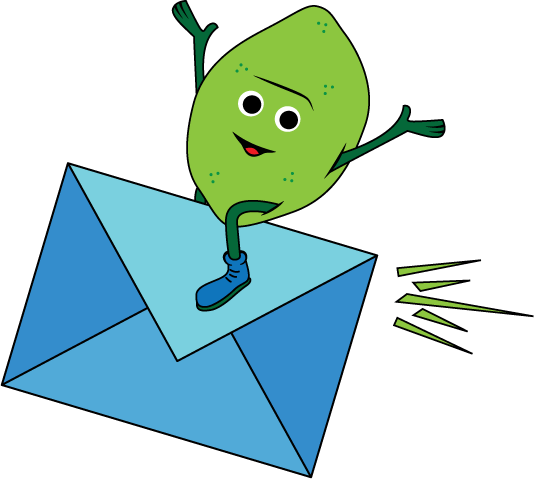INDIVIDUAL WITH LGMD: Darlene
LGMD “SPOTLIGHT INTERVIEW”
Name: Darlene Age: 65 yrs. old
Country: United States
LGMD Sub-Type: Non-Dysferlin Miyoshi Myopathy
At what age were you diagnosed:
I was diagnosed at the age of 64.
What were your first symptoms:
In retrospect, I now realize that symptoms began in my 40’s or even earlier. I’ve always been active, but as the years went by, skills like running, skiing and skating became increasingly difficult, so I did other activities such as biking, kettlebells, weight and CrossFit training. I coped with my Raynaud’s symptoms by dressing warmer. Visible muscle wasting in my calves in my early 60’s began my year long journey to diagnosis. By then, 80-90% of both gastrocnemius muscles had been replaced by fat.
Do you have other family members who have LGMD:
No, but two sisters have/had juvenile diabetes. One died of heart complications from the disease at 53. The other, now 58 and in fragile health, had a kidney/pancreas implant at 39.
What do you find to be the greatest challenges in living with LGMD:
As the co-owner of a CrossFit gym, I’m constantly trying to find the appropriate balance between working hard enough to challenge and keep my healthy muscles strong and mobile, yet not so hard that I destroy my at-risk muscles. So far, the impact of the disease has been minimal on my life: I continue to look, feel and move younger than the average 65-year old. I try to focus on what I am able to do each day, and remind myself that everyone, not just me, faces a progressive degenerative condition called aging.
What is your greatest accomplishment:
Growing up with diabetic sisters impressed upon me the importance of good nutrition and regular exercise. I understand that what I put into my mouth matters, and that adequate sleep and recovery from stress is essential, no matter what ails you. While I can’t know for certain that healthy habit help minimize my symptoms, I choose to believe they do, and will continue to be as proactive as possible in that regard. As a coach, I’m able to model the excellent health practices and work closely with our members so they reap those benefits themselves. I became a CrossFit coach at age 60 (after a 35-year career as a newspaper journalist) and it’s gratifying to have others tell you that you’ve helped them change their lives for the better.
How has LGMD influenced you into becoming the person you are today:
Decades before my official diagnosis, puzzling physical limitations pushed me to find other ways to be active and contribute in a community of competitive outdoor endurance athletes. Being resilient, physically active and strong is a part of my identity that I will work to hold on to as long as I am able. I’m counting on that mindset to help me face whatever uncertainties the future holds.
What do you want the world to know about LGMD:
Muscular Dystrophy is a rare disease with infinite individual variations. And since there is no cure, and little financial incentive for drug companies to find one, a diagnosis is often the end to health care professionals interest in you. Find support where you can, and be your own advocate.
If your LGMD could be “cured” tomorrow, what would be the first thing that you would want to do:
I would love to cross country ski. We live on a trail system that connects to the 54K American Birkebeiner Ski Trail and I would love to experience the thrill of gracefully gliding along the hills and valleys of this beautiful forested trail.
To read more “LGMD Spotlight Interviews” or to volunteer to be featured in an upcoming interview, please visit our website at: https://www.lgmd-info.org/spotlight-interviews

